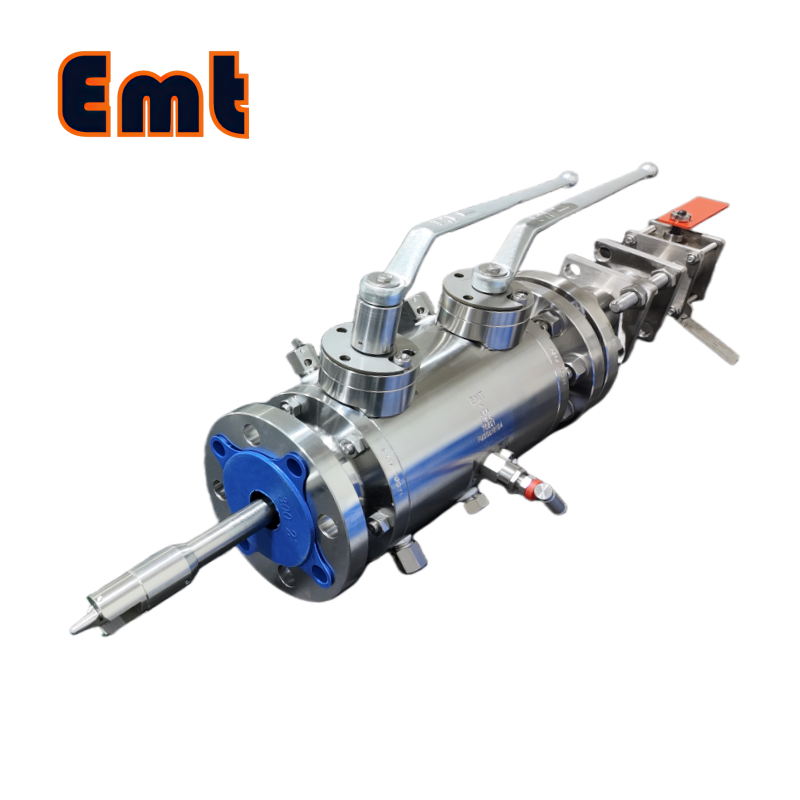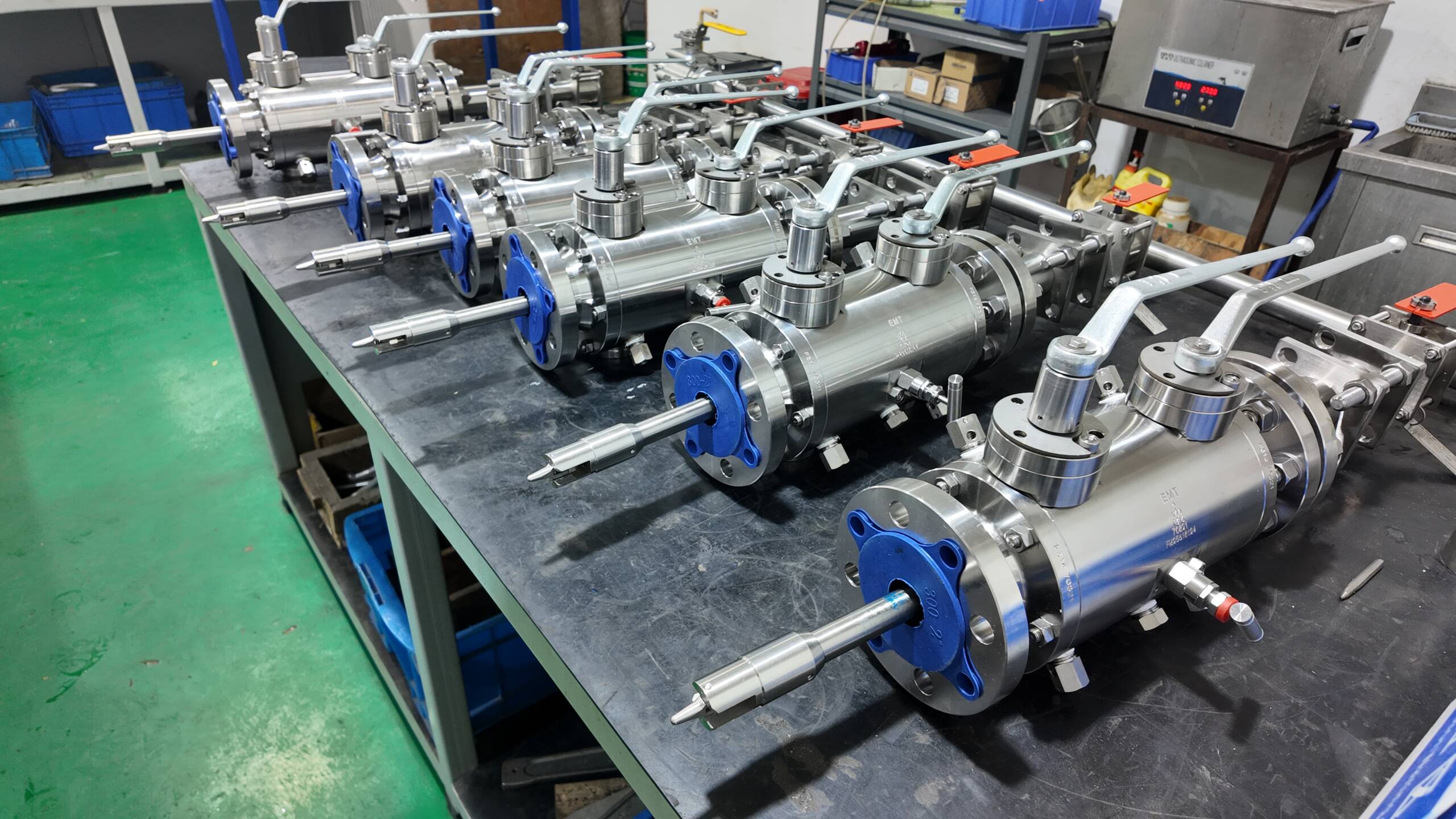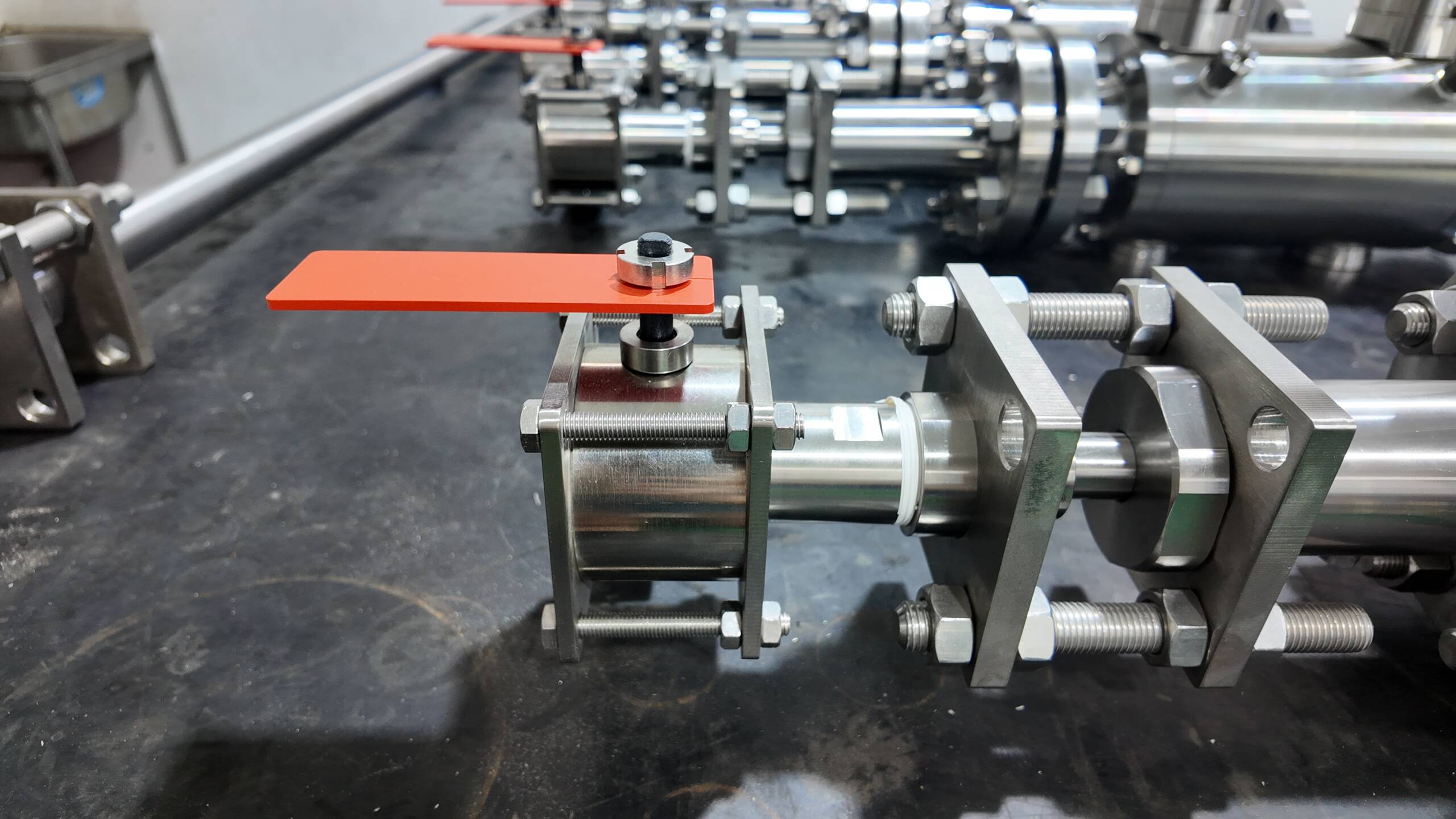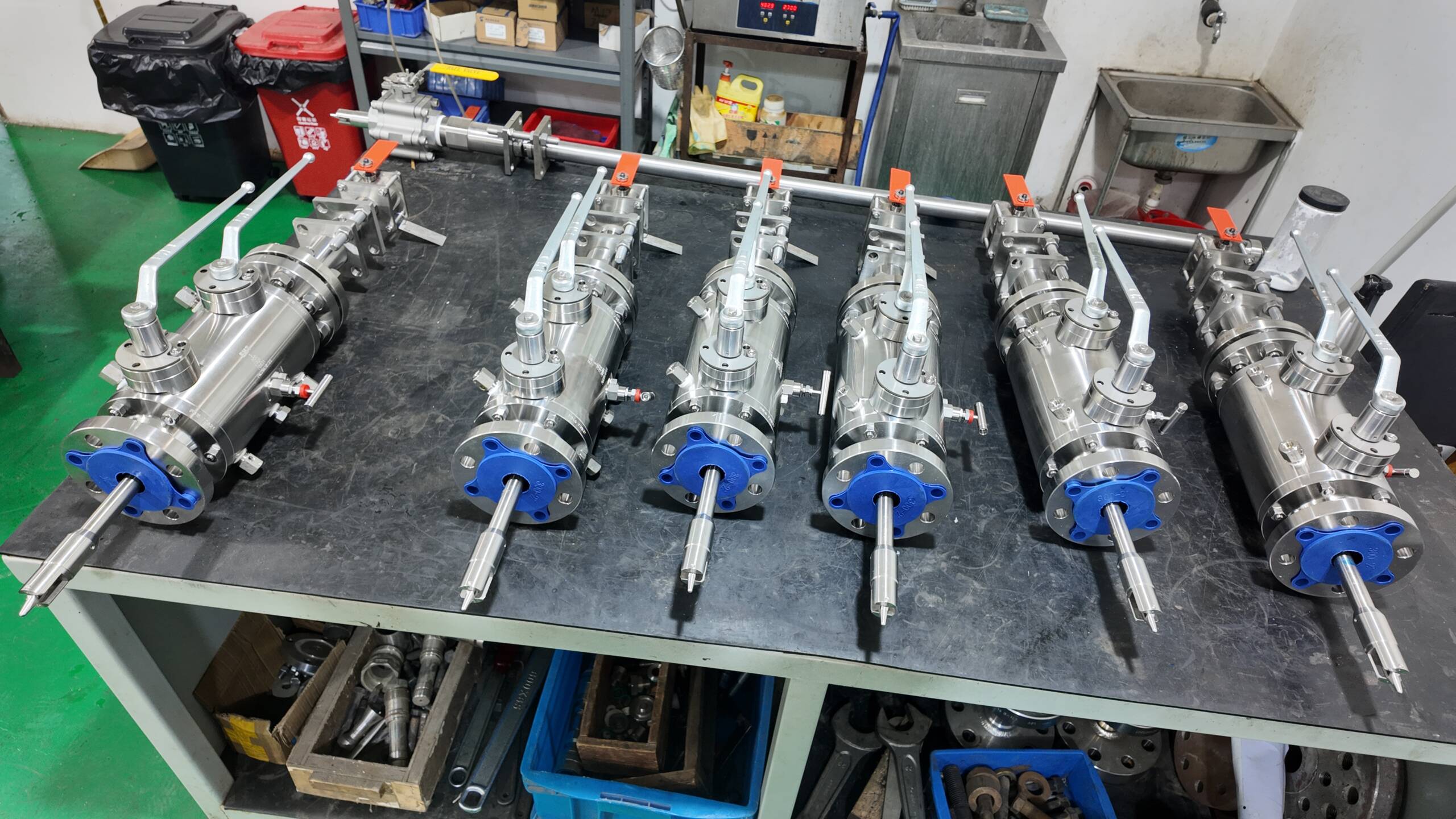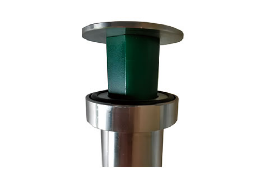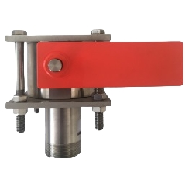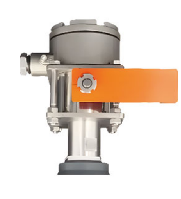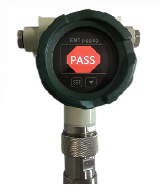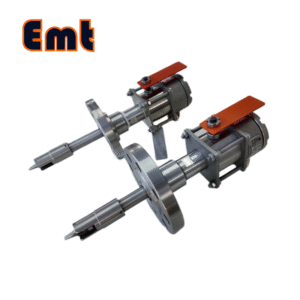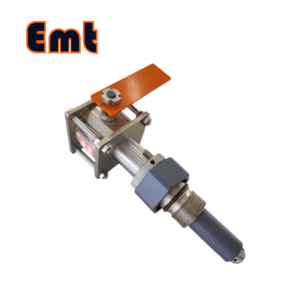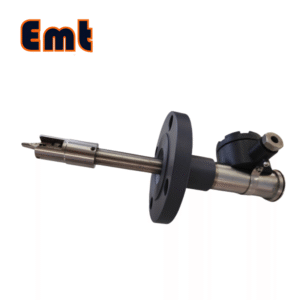Description
Pig passage indicators serve as essential monitoring devices in pipeline systems, providing accurate confirmation of pig movement during cleaning, inspection, and maintenance operations. These robust indicators deliver real-time information about pig location, enabling operators to maintain operational control and ensure the efficiency of pipeline management programs.
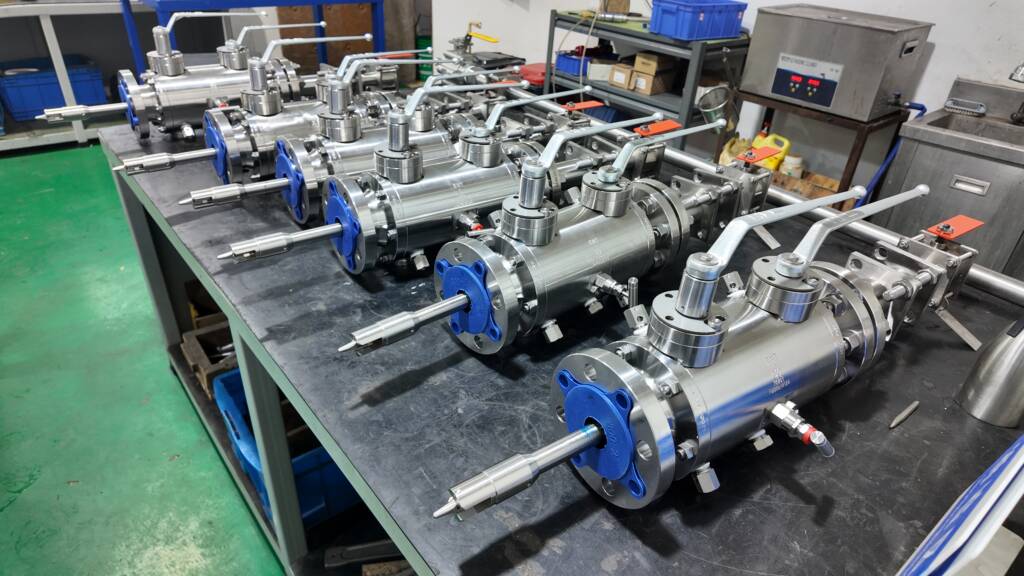
1. Technical Specifications
Material Construction
-
Stainless Steel 304: General corrosion resistance for standard applications
-
Stainless Steel 316: Enhanced corrosion resistance for marine and chemical environments
-
DSS F51: High strength with excellent corrosion resistance
-
Carbon Steel A105N: Robust performance in high-pressure systems
-
Inconel 625: Superior resistance to extreme temperatures and corrosive media
Pressure Ratings
Comprehensive pressure class options from 150# to 2500#, ensuring compatibility with various pipeline pressure requirements across different industries and applications.
Temperature Range
Operational capability from -20°C to +120°C, maintaining reliable performance across diverse environmental conditions and seasonal variations.
2. Key Features of Pig Passage Indicators

Operational Reliability
-
Direct intrusive detection method provides positive pig passage confirmation
-
Robust construction ensures long-term performance in demanding environments
-
Multiple material options accommodate various pipeline media and conditions
-
Wide pressure and temperature ratings suit diverse operational requirements
Installation Flexibility
-
2″ flange connection for standard pipeline integration
-
2″ welded nipple for permanent installation solutions
-
2″ welded base with NPT nipple connection for versatile mounting options
-
Adaptable to both new installations and existing pipeline systems
Detection Versatility
-
 Bi-directional triggers for pipelines with reversible flow
Bi-directional triggers for pipelines with reversible flow -
Bi-directional feather triggers for enhanced sensitivity
-
Uni-directional triggers for single-direction pipeline systems
-
Multiple indicator types to match operational preferences
Indicator Options
-
Manual reset flag for basic visual confirmation
-
Manual reset flag with electrical switch output for system integration
-
Digital display with electrical switch output for advanced monitoring
3. Selection Guidance
Trigger Type Selection

-
Bi-directional: Suitable for pipelines with flow reversal capability
-
Bi-directional feather: Recommended for detecting low-profile or lightweight pigs
-
Uni-directional: Appropriate for systems with consistent flow direction
Indicator Type Considerations
-
Manual flags: Basic applications where visual monitoring is sufficient
-
Electrical switch output: Systems requiring remote monitoring or alarm integration
-
Digital displays: Applications needing detailed operational data and remote access


